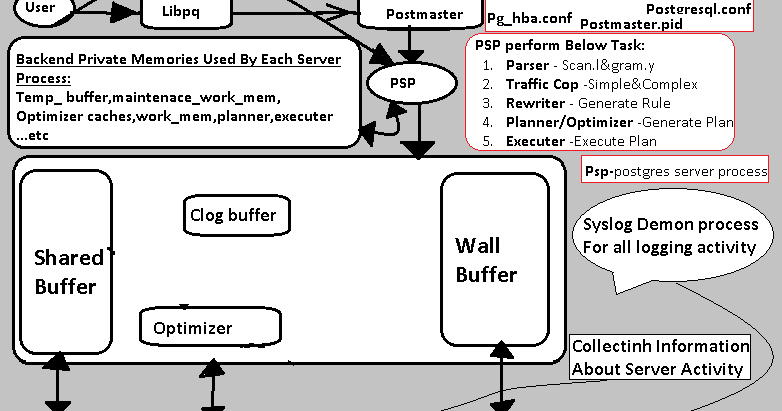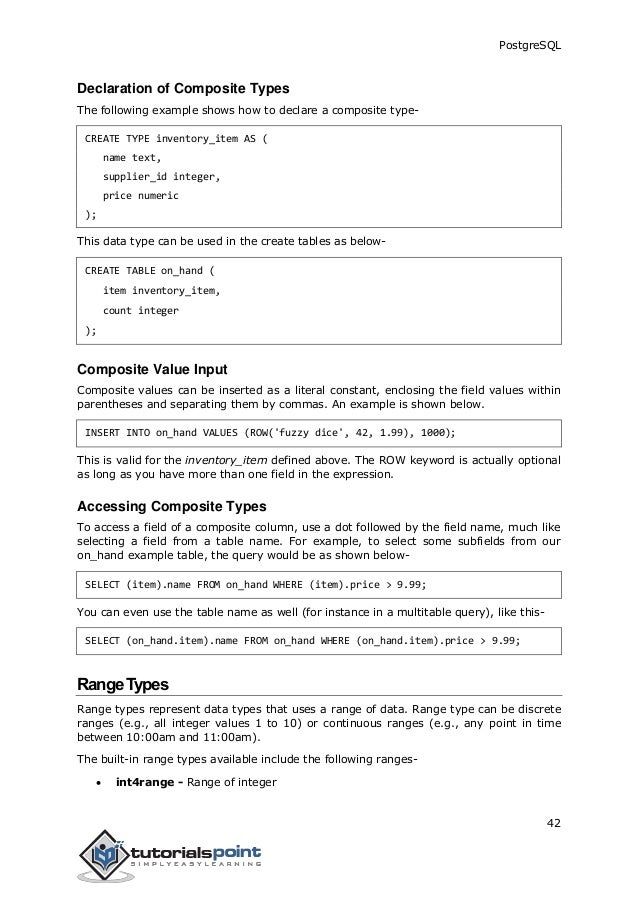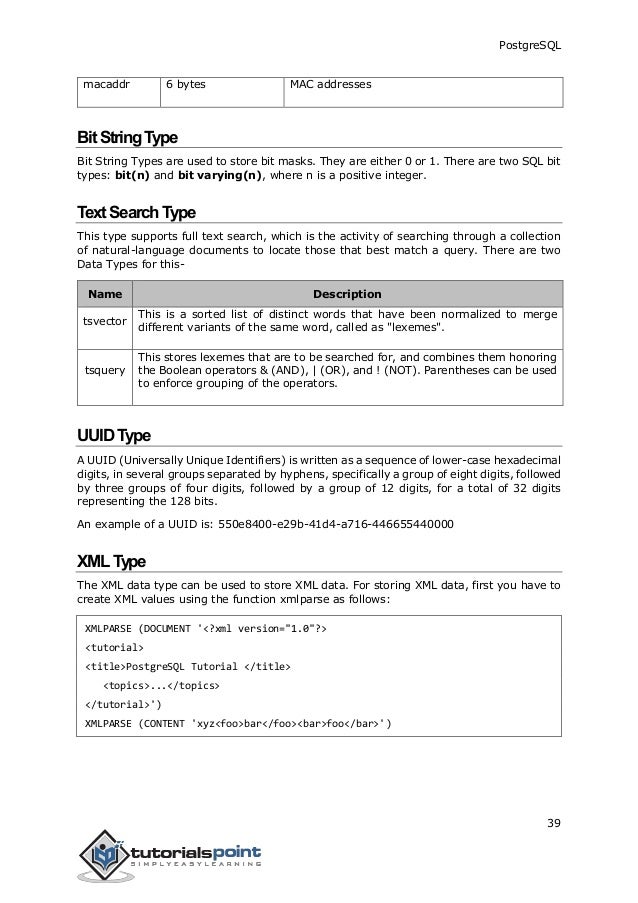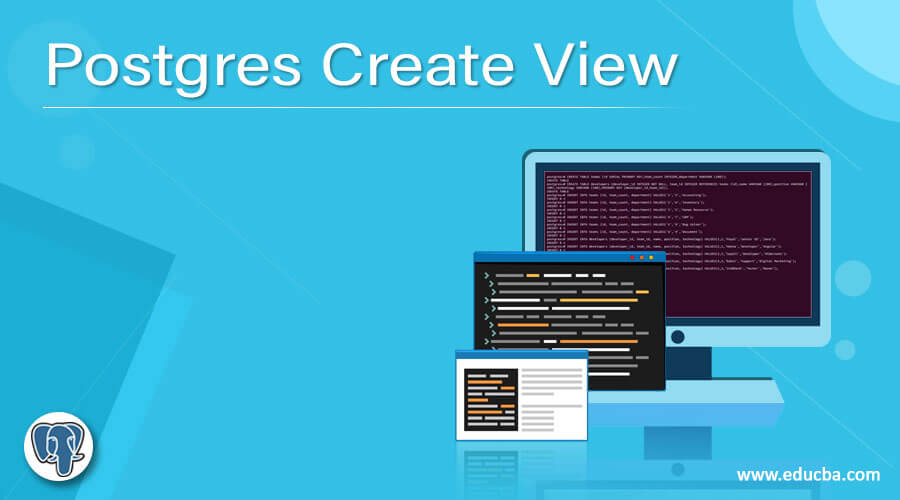
- Postgresql tutorial how to#
- Postgresql tutorial install#
- Postgresql tutorial software#
- Postgresql tutorial code#
Postgresql tutorial code#
Within it add the following code which we'll walk through line-by-line below. Use your text editor to create a new Dockerfile file in the project-level directory next to the manage.py file. To build our own image we create a special file known as a Dockerfile that defines the steps to create and run the custom image. Dockerfileįor our Django project we need to create a custom image that contains Python but also installs our code and has additional configuration details. For example, there is a long list of officially supported images for Python depending on the version and flavor of Python desired. Images are often based on another image with some additional customization. To continue our apartment analogy from earlier in the chapter, an image is the blueprint or set of plans for building an apartment the container is the actual, fully-built building. The image is the instructions while the container is the actual running instance of an image.
Postgresql tutorial how to#
Docker ImageĪ Docker image is a read-only template that describes how to create a Docker container. This means we're fully out of the virtual environment and ready for Docker. py runserver File "/Users/wsv/Desktop/django-docker/manage.py", line 11, in main from import execute_from_command_line ModuleNotFoundError : No module named 'django' On the command line navigate to the desktop and create a new directory called django-docker. The code for this project can live anywhere on your computer but the Desktop is an easy location for teaching purposes. We can proceed to configuring a local Django set up and then switch over to Docker and PostgreSQL.

Share images, automate workflows, and more with a free Docker ID:ĭocker is properly installed. To try something more ambitious, you can run an Ubuntu container with: The Docker daemon streamed that output to the Docker client, which sent it The Docker daemon created a new container from that image which runs theĮxecutable that produces the output you are currently reading.Ĥ. The Docker daemon pulled the "hello-world" image from the Docker Hub. The Docker client contacted the Docker daemon.Ģ. To generate this message, Docker took the following steps:ġ. This message shows that your installation appears to be working correctly. Status: Downloaded newer image for hello-world:latest In your terminal run the command docker -version.

Once Docker is done installing we can confirm the correct version is running. Feel free to stretch your legs at this point! The initial download of Docker might take some time to download.

Postgresql tutorial install#
The first step is to install the desktop Docker app for your local machine: Best of all, this can be shared in groups and makes team development much simpler.

Postgresql tutorial software#
Instead of worrying about which software packages are installed or running a local database alongside a project, you simply run a Docker image of the entire project. The easiest way to think of it is as a large virtual environment that contains everything needed for our Django project: dependencies, database, caching services, and any other tools needed.Ī big reason to use Docker is that it completely removes any issues around local development set up. It's possible to run PostgreSQL locally using a tool like Postgres.app, however the preferred choice among many developers today is to use Docker, a tool for creating isolated operating systems. Django ships with built-in SQLite support but even for local development you are better off using a "real" database like PostgreSQL that matches what is in production. In this tutorial we will create a new Django project using Docker and PostgreSQL.


 0 kommentar(er)
0 kommentar(er)
